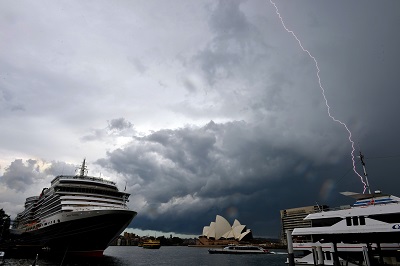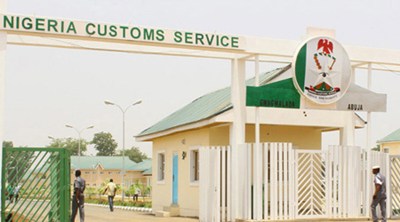SHIPPERS GUIDE
Safety Precautions When Flying a Plane
Shippers Guide is the learning page of MMS Plus. Here we answer the five W’s and H of several issues in the maritime and aviation industry. This week we learn the safety measures pilots must follow when flying a plane.
Although air travel is safer and more accepted by the world’s population, it is a potentially hazardous activity if pilots fail to follow safety protocols. There are countless safety measures that pilots must follow, and a considerable portion of flight school instruction is dedicated to safety guidelines.
Advanced software has improved aircraft safety significantly in the last decade, but every pilot should practice emergency techniques that can be implemented when a digital system malfunctions.
Tower Communications
Frequent communication with air traffic control is crucial for keeping pilots and passengers safe in the air. Pilots are required to check in with the tower at specified times during takeoff, controlled flight and departure times.However, pilots are also instructed to radio the tower when they encounter hazardous situations. A flock of birds, inclement weather, and approaching aircraft are scenarios that warrant contacting the tower.
During night approaches and departures, a pilot must clearly see the tower lights on the landing strip and must radio the tower if a power disruption obscures the lighting on the runway.
Pre-Flight Inspections
A pilot’s checklist for pre-flight inspections is an essential tool for ensuring safe travel. Although it is a routine part of every flight, the pre-flight check is vital and should never be modified with shortcuts. Several planes have been grounded for repairs when pilots discover damages or malfunctions in their aircraft. Delays and cancellations are unfortunate, but pre-flight inspections have saved many lives, and small problems that are detected early can also save owners on costly future repairs and replacement parts.
Emergency Maneuvers
When you prepare for an emergency, you’re better suited to handle and survive the real thing when it occurs. Pilots are trained on how to perform emergency maneuvers at flight school, but they must practice the procedures so they seem routine. Your adrenaline helps you in drastic situations, but only proper training allows pilots to perform complex techniques to avoid a catastrophe.
Gear Checks
Every pilot faces the possibility of landing a plane on its belly. With a fixed landing gear, the scenario is less likely, but a retractable gear can malfunction before a landing. Aviation experts recommend checking the landing gear several times during a flight to ensure it’s functioning correctly.
Frigid temperatures can hinder the gears’ movement, and if you frequently operate the gears during flight, you’ll minimize the likelihood of a gearless landing.
Proficiency Sessions
To hone their skills and learn new techniques, many pilots engage in proficiency sessions. Even veteran pilots benefit from practicing with an experienced trainer. Advanced software and improved avionics have made air travel safer, but pilots must stay up to date with new technology and have to train with new systems in simulators before they attempt to fly.
Navigation Methods
Although fly-by-wire controls are more reliable than ever, pilots must train with multiple navigation techniques. If a flight control system malfunctions, a pilot may only be able to use visual clues to operate the aircraft. It’s crucial for every pilot to be able to use a paper flight chart in the event of computer failure, and frequent training exercises with alternate navigation methods allow pilots to fly safely in any situation.
Post-Flight Inspections
Before leaving the airport, every pilot performs a post-flight inspection. Checking the systems and equipment sometimes results in a discovery that was missed during the pre-flight check. Rough weather conditions can damage components during flight, and a post-flight inspection can address areas that need repairs before the plane makes another flight.
Health Concerns
Commercial pilots must adhere to strict health requirements before they’re cleared to fly, and private pilots can benefit by following similar guidelines. Sickness can cloud a pilot’s judgment and delay reaction times, and any ailment should force a pilot to find a substitute or cancel the flight. Passengers may get upset by a cancelation, but most understand that safety concerns are a top priority and would rather fly with a healthy pilot.
A pilot’s safety training does not end at flight school. New software and updated systems require pilots to practice safety techniques frequently to keep their passengers safe and equipment functioning properly.






